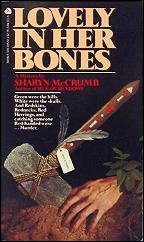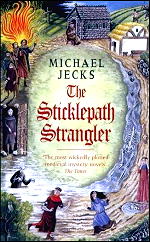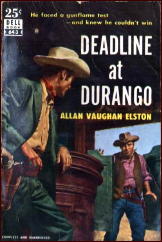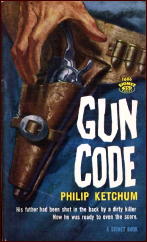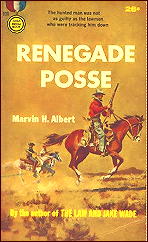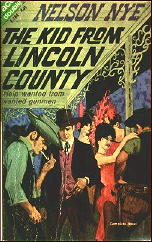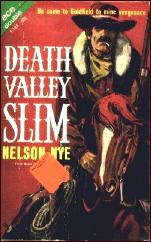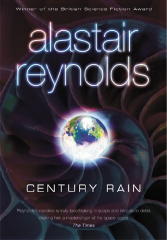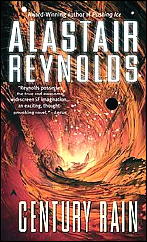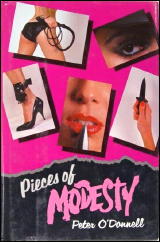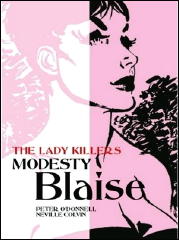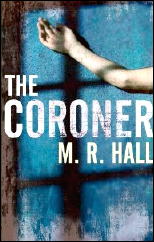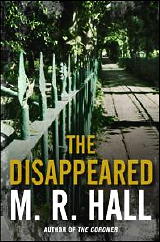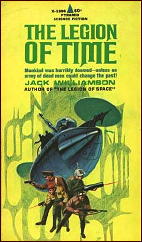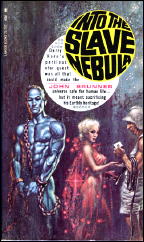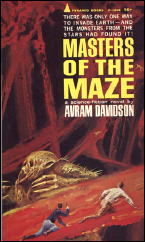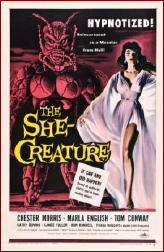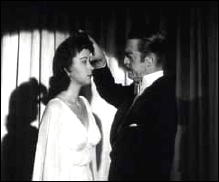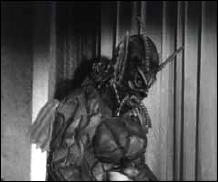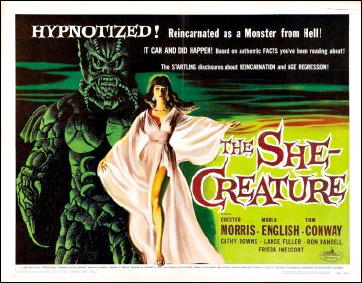A REVIEW BY CURT J. EVANS:
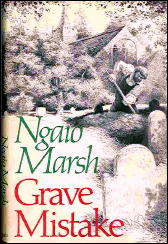
NGAIO MARSH – Grave Mistake. Collins Crime Club, UK, hardcover, 1978. Little Brown & Co., US, hc, 1978. Reprinted many times, in both hardcover and soft.
Published by Ngaio Marsh when she was 83, Grave Mistake certainly is a better effort than Agatha Christie’s Postern of Fate (1973), published when Christie was that same age. But it’s still a distinctly minor work by this talented author.
Grave Mistake is one of those British village mysteries that cozy-loving Americans particularly seem to enjoy reading. Several other Marsh village mysteries, most notably Overture to Death (1938), Scales of Justice (1955) and Death of a Fool (Off with His Head in the UK, 1956), are among her most popular tales. Grave Mistake is a weaker tale than those, but should still offer some enjoyment to cozy fans.
The village in Grave Mistake is Upper Quintern, one of those rural locales in classical English mystery that always seems about twenty years out of date (for example, Overture to Death feels like it should be taking place in 1918 at best and Scales of Justice and Death of a Fool in the 1930s).
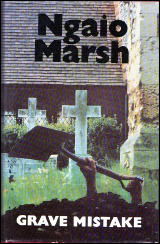
Though presumably Grave Mistake takes place around 1977, it seems that the village is composed solely of wealthy, mostly jobless, women and the people who serve them. Oh, and that Greek multi-millionaire who bought up one of the local mansions and about whom no one is quite sure whether he’s quite quite. The servants are more independent here than in many of the pre-WW2 tales and competition for their services is fierce. The gardener even expects to be called “Mister” — imagine!
Marsh novels usually have a pair of winning young lovers, it seems, and we have such a pair here. Marsh provides one short scene of the couple in which she not too convincingly tries to convey the language of people born around 1960 (lamentably, the word “groovy” is uttered), but mostly her focal point is Verity Preston, a fifty-something, unmarried, intelligent, charming, sensitive playwright. If you think this might be Marsh herself, more or less, you may be on to something.
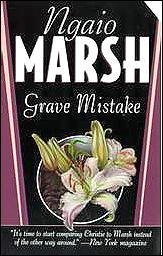
Eventually one of the local society ladies is smothered to death in the fashionable sanitarium she has checked herself into for a “rest” (shades of P. D. James’ recent novel, The Private Patient, and the doctor who owns this clinic is straight out of Marsh’s own Death and the Dancing Footman, from nearly forty years earlier) and soon enough Superintendent Alleyn shows up with Inspector Fox to restore order in the village.
Alleyn still calls his subordinate “Br’er Fox” and, even more egregious, “Foxkin”; but I suppose Fox had put up with this for 44 years and was surely nearing retirement, so he was able to restrain himself from finally snapping and throttling “Handsome Alleyn” on the spot. For their part, the posh members of the local gentry still comment on how Alleyn is so much more a gentleman than they would have expected, his being a policeman and all.
As the above may suggest, there’s plenty in Grave Mistake that would have been guaranteed to have set Raymond Chandler’s remaining teeth on edge, had be survived until 1978 and sat down to read this tale. There’s an Aunty Boo. The lovely young well-born girl is named Prunella. She calls Verity, who is her Godmother, Godma V (as in, “Godma V, it’s a stinker”). The ladies love to use the word “lolly” (“Daddy was a wizard with the lolly” actually gets said here). But, then, Marsh wasn’t writing for Chandler, was she?
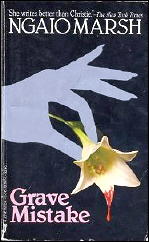
My favorite character by far was the stepson of the murder victim. Nicknamed by all the gentry ladies “Charmless Claude,” he’s a feckless character, a sponging waster and loser in his late thirties (a slacker as we would say today) who is tremendous fun to read about as his ineffectual plotting comes to naught. The charming people, by contrast, I found a bit tiresome.
The mystery itself is a disappointment. It’s extremely straightforward and lacking in complexity and ingenuity, though it is fairly presented.
But I suspect many did not mind this when Grave Mistake appeared in 1978, two years after Agatha Christie had been been lost to the mystery-loving world. I imagine, rather, that most enjoyed simply immersing themselves in the cozy comforts of a classical form English mystery.
